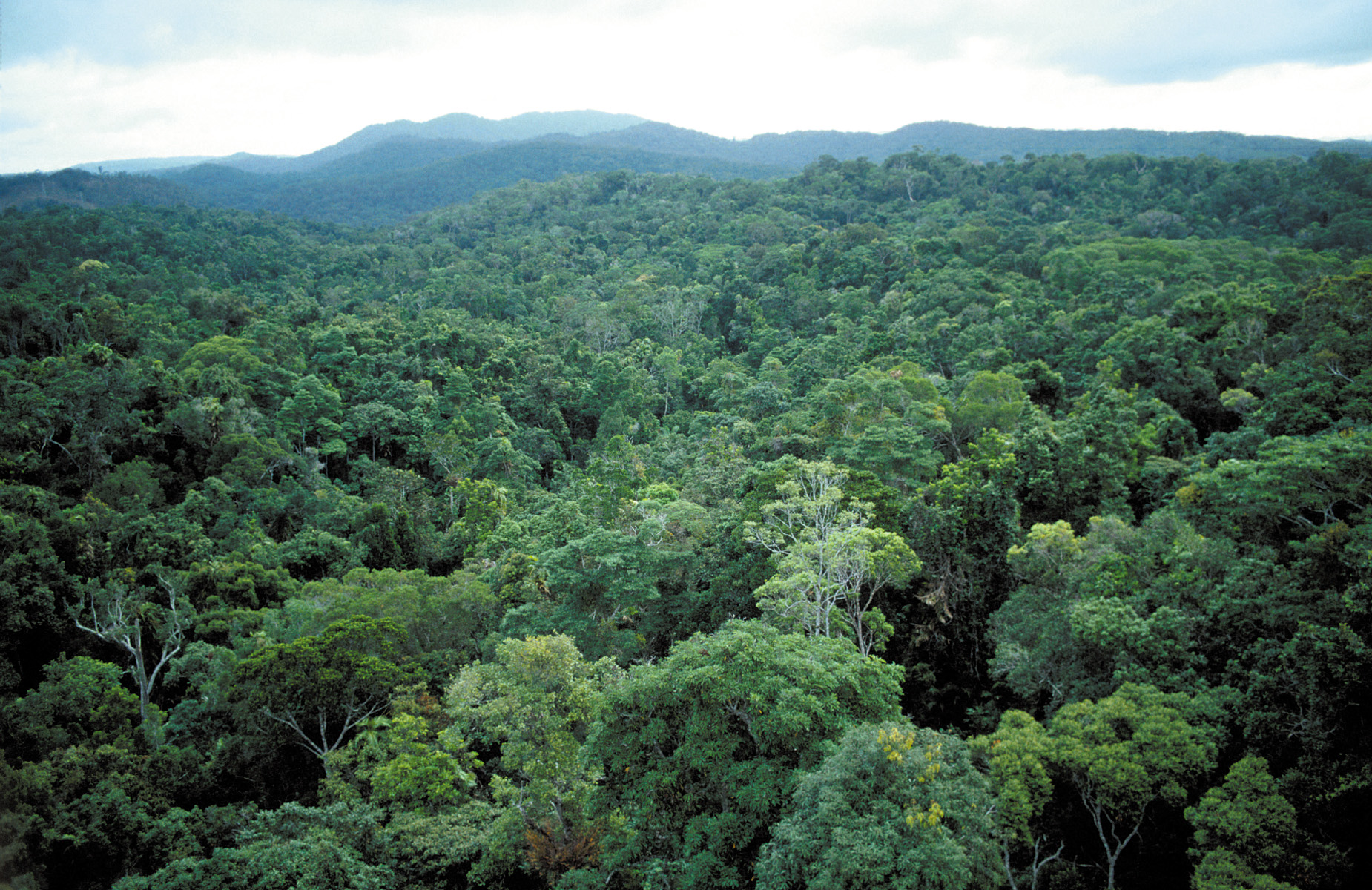News Highlights
India questioned its bottom ranking among 180 nations on the Environmental Performance Index which provide environment details.
Environment Performance Index (EPI)
- The Environment Performance Index is an international ranking system of countries based on their environmental health.
- It is a biennial index started in 2002 as an Environmental Sustainability Index .
- Initial Publication – World Economic Forum in collaboration with Yale Centre for Environmental Law and Policy and Columbia University Centre for International Earth Information Network.
- Currently Publication –
- Yale Centre for Environmental Law and Policy.
- Centre for International Earth Science Information Network Earth Institute, Columbia University.
- The EPI provides a data-driven overview of the global situation of sustainability.
- It ranks 180 countries based on 40 performance metrics such as climate change, public health, biodiversity, and so on.
- It provides a scorecard that identifies environmental leaders and laggards.
- It also gives countries that want to move toward a more sustainable future practical advice.
Ranking of India and Other Countries in Environment Performance Index

Reports Argument Why India Ranked Below
- According to the research, India prioritised economic growth over environmental protection.
- It has severe air pollution and rapidly rising greenhouse gas emissions.
Reasons Put Forward by India to Reject the Report
- According to the Indian government, the report employed various indicators that were based on false assumptions.
- The model ignores per capita emissions as well as differences in socioeconomic conditions between countries.
- The importance of parameters in which India excelled has been diminished.
- Indicators such as GHG emission per capita and GHG emission intensity trend give the notion of equity relatively little weight.
- The CBDR-RC principle (shared but differentiated responsibilities and respective capabilities) is likewise scarcely reflected in the index’s makeup.
- Forests and wetlands, which operate as important carbon sinks, were not taken into account when EPI 2022 calculated the anticipated GHG emissions trajectory up to 2050.
Pic Courtesy : Indian Express
Content Source : Indian Express



